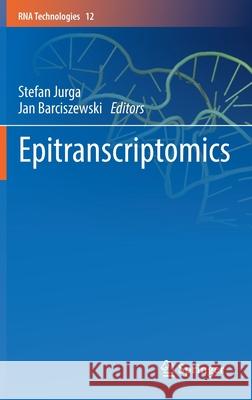Epitranscriptomics » książka
topmenu
Epitranscriptomics
ISBN-13: 9783030716110 / Angielski / Twarda / 2021 / 632 str.
Kategorie:
Kategorie BISAC:
Wydawca:
Springer
Seria wydawnicza:
Język:
Angielski
ISBN-13:
9783030716110
Rok wydania:
2021
Wydanie:
2021
Numer serii:
000403707
Ilość stron:
632
Waga:
1.06 kg
Wymiary:
23.39 x 15.6 x 3.51
Oprawa:
Twarda
Wolumenów:
01
Dodatkowe informacje:
Wydanie ilustrowane











